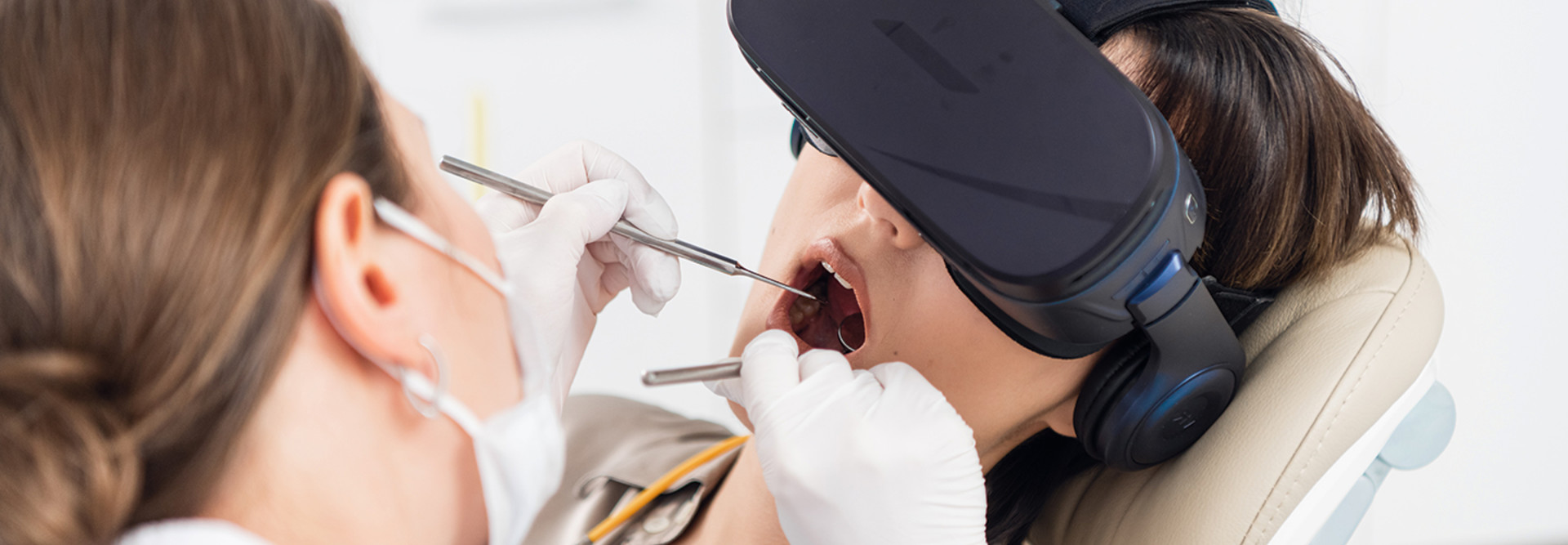Teledentistry Expands Access to Care
Like many other medical services, dental offices were forced to close for general care during the initial stages of COVID-19. Recent survey data from the ADA’s Health Policy Institute found that while most offices are once again open for business, more than half report lower patient volumes compared with pre-pandemic numbers.
Teledentistry — the delivery of dental consulting or basic examinations using digital tools such as synchronous or asynchronous video — offers a way to help bridge the gap.
“As we saw with telehealth, the pandemic has massively increased the adoption of teledentistry technologies,” says Neil Lappage, public sector solutions lead at ITC Secure and ISACA adviser and media spokesperson for new and emerging technologies. “It makes sense. These technologies both reduce the risk of viral transmission and help dentists comply with local health measures.”
DISCOVER: Learn more about telehealth’s benefits for patient-centered care.
According to a recent analysis, teledentistry can minimize travel-related stress for patients, especially those who lack access to a reliable vehicle or have to drive long distances to access dental care. Teledentistry tools can also help determine if a true emergency exists and an immediate trip to the dentist is required, or if a patient can wait until their regular check-up, Lappage says.
The caveat? Dentists need to ensure that any telehealth technology they use complies with health regulations.
“One of the key things with HIPAA is that you don’t just hop on and use any solution. You need to make sure you’ve got compliance,” says Lappage.
Virtual Reality Provides Distractions for Patients
VR is another up-and-coming dental technology that could help practitioners deliver better care to patients.
In a dental practice setting, virtual or augmented reality (AR) could take the form of headsets worn by patients to provide digital distractions. In many ways, it’s an extension of function currently filled by ceiling-mounted televisions in dental offices that give patients something else to focus on.
According to a recent Cedars-Sinai study, virtual reality also has statistically significant impacts on pain management: VR users reported a consistent drop in perceived pain when using VR. This can also help create empathy between dentist and patient, in turn, leading to improved care.












